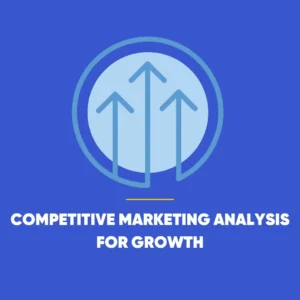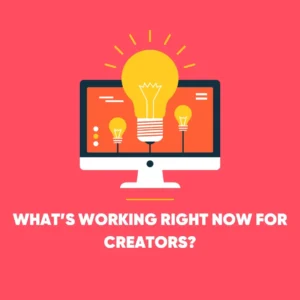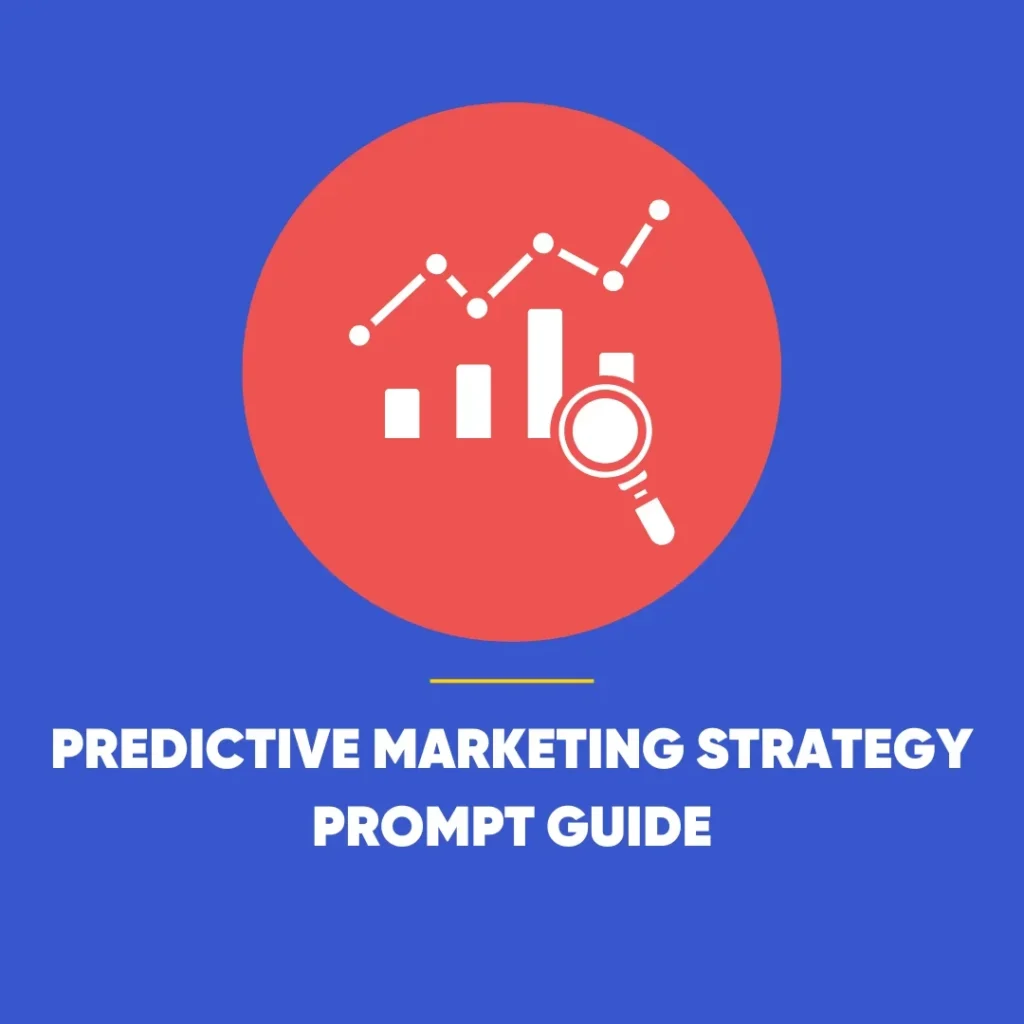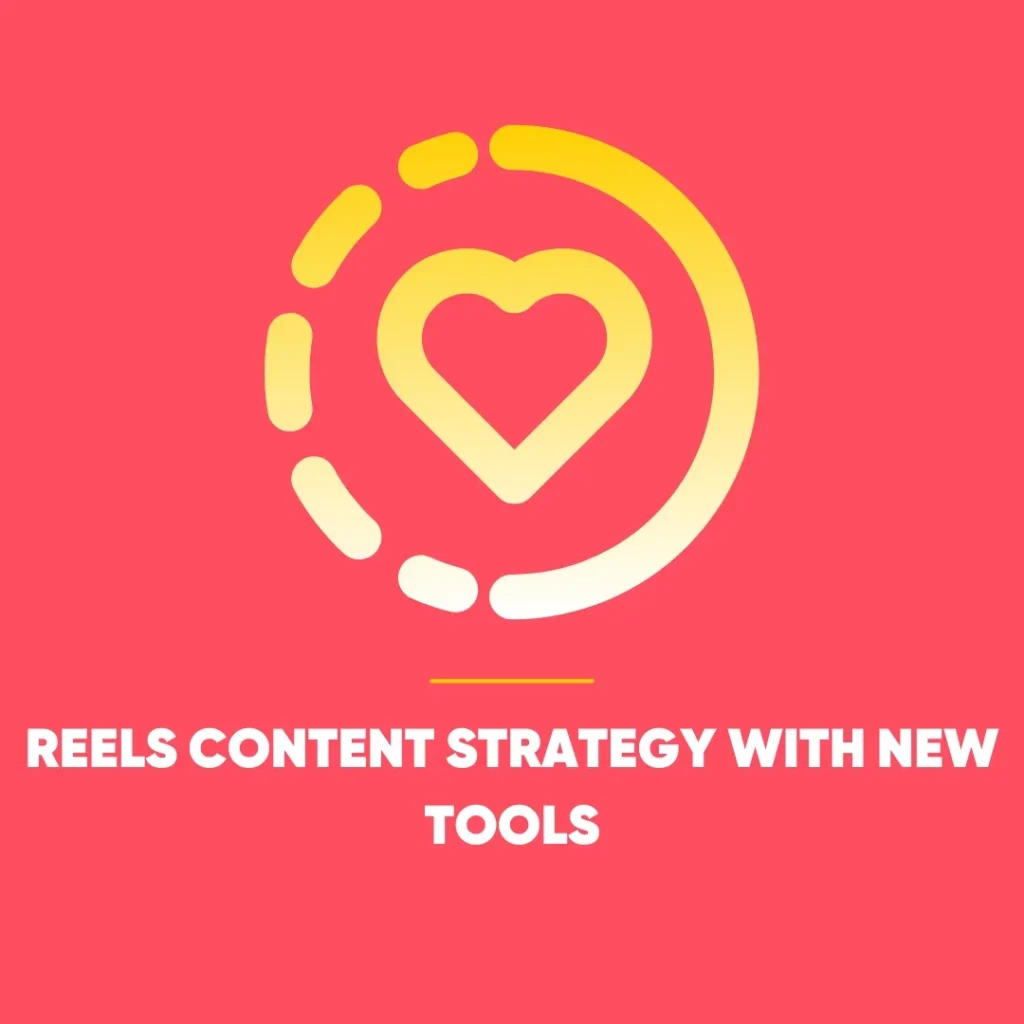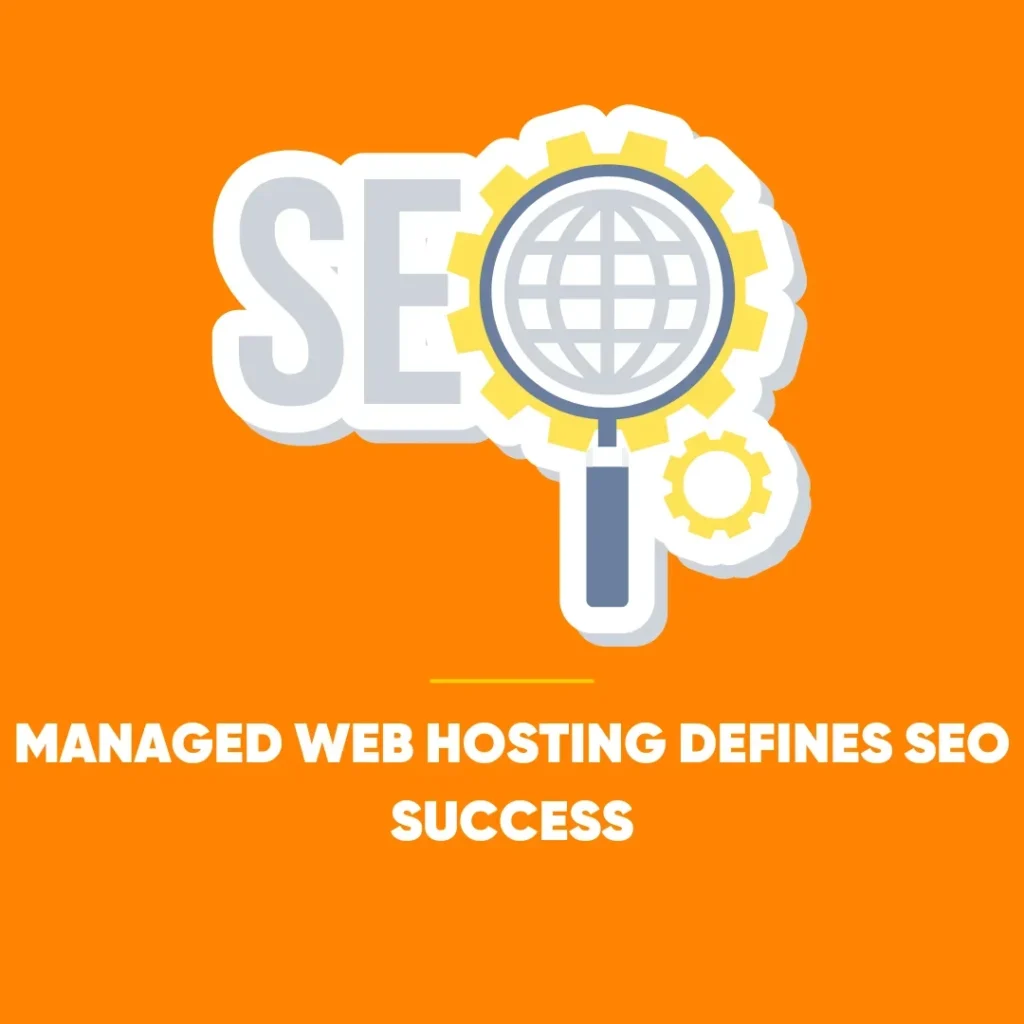UK Website Speed Optimisation Myths Busted
UK website speed optimisation is essential in an era where attention spans barely last beyond a few scrolling seconds. But here’s the thing – no one’s sticking around to watch. Despite the web design world’s obsession with animations, slick transitions and parallax scrolls, users are sprinting ahead, uninterested in waiting for the show to begin.
It’s 2025, and the message is clear: over-the-top animations aren’t just ineffective – they’re getting in the way.
Design for Real Users, Not Design Awards: UK Website Speed Optimisation
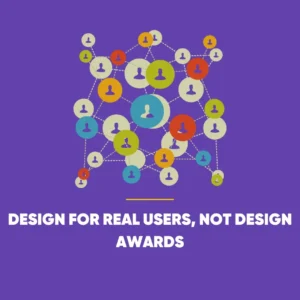 There’s a growing disconnect between what designers are building and what users actually want. Much of modern web design is still chasing validation – those ‘likes’ and applause from peers, not performance metrics from real audiences.
There’s a growing disconnect between what designers are building and what users actually want. Much of modern web design is still chasing validation – those ‘likes’ and applause from peers, not performance metrics from real audiences.
It’s easy to understand the appeal. Watching a homepage header gracefully float in, or seeing elements fade into view with satisfying timing, gives designers a thrill. But for users, these animations are not part of the experience – they’re barriers. When someone lands on a site, they’re usually trying to complete a task. Whether it’s finding product info, booking a service, or reading an article, they’re rarely in the mood for a visual showreel.
Parallax and the Illusion of Depth (That No One Cares About)
Once hailed as a revolutionary way to add depth and motion, parallax scrolling has gone from cutting-edge to cliché. In its heyday, it offered a dynamic, layered storytelling experience. But today? It’s just another gimmick cluttering up the digital landscape.
What was once novel is now overused and often poorly executed. Worse, it can slow websites down and disorient users who are simply trying to navigate. All too often, parallax elements don’t enhance the journey – they obscure it. And in some cases, they outright hijack the scroll function, turning intuitive navigation into a slow-moving slideshow with dramatic transitions nobody asked for.
If a visitor needs to re-learn how to scroll your website, you’ve missed the point.
Animation as an Obstacle, Not a Feature: UK Website Speed Optimisation
Web performance has never been more important. Internet users today are more mobile, more impatient, and more unforgiving than ever. A beautiful animation means nothing if the page itself is sluggish.
Google’s algorithm cares about how fast your site loads – specifically how long it takes for the main content to appear. That intricate two-second animation delaying access to your hero image? It’s not impressing anyone. It’s damaging your SEO and increasing your bounce rate. On slow connections or lower-end devices, these delays aren’t just frustrating – they’re deal-breakers.
Every flashy movement might delight a designer, but it drains time and resources for the user. And users, let’s be honest, don’t care about your motion graphics – they care about getting what they came for.
From Fast Food to Fast Content: The Rise of Swipe Culture
One of the biggest shifts in digital behaviour is how users now engage with content. Platforms like TikTok, Instagram Reels, and YouTube Shorts have rewired our brains. Content is now served in rapid-fire bursts. The user taps, scrolls, and swipes. If something doesn’t grab attention within milliseconds, it’s gone.
Websites are not exempt from this trend. People browse with urgency. If your content takes more than a second or two to appear – because it’s trapped behind a layer of slow animation – it’s very likely to be skipped. There’s always another website that’s quicker, easier, and gets to the point faster.
Intentional Motion vs Animation Overkill: UK Website Speed Optimisation
Let’s not throw the baby out with the bathwater – there’s still a place for animation in web design. But it has to serve a clear purpose.
Well-executed micro-interactions, subtle hover effects, or motion cues can guide users, highlight key elements, and improve usability. The issue arises when motion is added just because it looks “cool” in a mock-up. Animation should never be used just to add flair – it should support the user journey, not obstruct it.
Right now, too many sites suffer from animation overload. It’s become the digital equivalent of speaking in all caps – loud, tiring, and unnecessary.
Why Designers Keep Falling Into the Trap
So why, despite all the signs, do designers continue to invest time and effort into animation-heavy interfaces?
Partly, it’s a habit. Partly, it’s aesthetics. And partly, it’s the influence of portfolio culture. Designers build to impress other designers, not necessarily users. They’re encouraged to experiment, to push boundaries – and that’s not a bad thing. But the web isn’t an art gallery. It’s a utility.
Most clients and stakeholders don’t ask for lightning-fast load speeds or mobile-first experiences – they ask for “pop” or “something that stands out.” And in response, designers reach for animation like it’s the magic ingredient that will make everything better.
But this approach often backfires, especially when UK website speed optimisation is ignored in favour of flashy, unnecessary animations. Over-designed interfaces create friction, not flow. And users don’t reward style over substance – they reward clarity, speed, and ease.
What Actually Matters in Web Design Today?
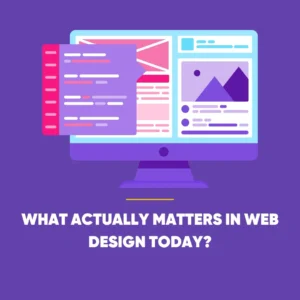 Here’s what’s truly important in 2025 – and it’s not dazzling animations:
Here’s what’s truly important in 2025 – and it’s not dazzling animations:
Speed
Real, measurable load times – not just perceived responsiveness. A fast-loading site keeps users engaged and signals reliability.
Simplicity
Can users find what they need without confusion? Clear navigation and obvious calls-to-action beat any flashy visual gimmick.
Mobile Usability
With the majority of browsing now done on phones, websites must be thumb-friendly, lightweight, and readable on the go.
Content First
Prioritise value delivery. Users came for information or services – give it to them quickly, clearly, and without drama.
Purposeful Design
If animation is used, it must serve a role: guiding attention, smoothing transitions, reinforcing interaction. Not just decorating the page.
Final Word: Strip It Back and Focus Forward
The obsession with expressive, animated design has pushed many websites into the realm of performance art. But the reality is: users aren’t here to watch – they want results, and UK website speed optimisation delivers them. They’re here to do it.
In chasing aesthetic perfection, many designers have lost sight of the core purpose of a website – function. Visitors want access, answers, and action. Anything that slows them down is a problem.
The time has come to reframe how we approach motion in design. Treat it as a tool, not a feature. Use it sparingly. Make it invisible unless it adds something. Because in the end, no one ever compliments a website on how long it took to load.
They just leave.


